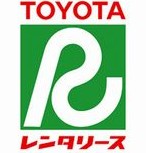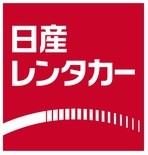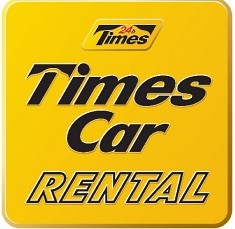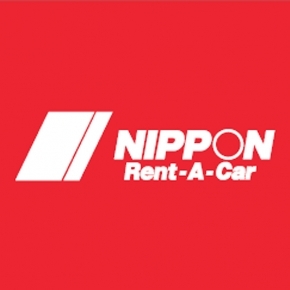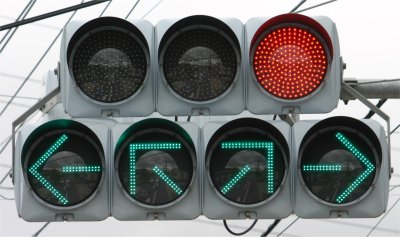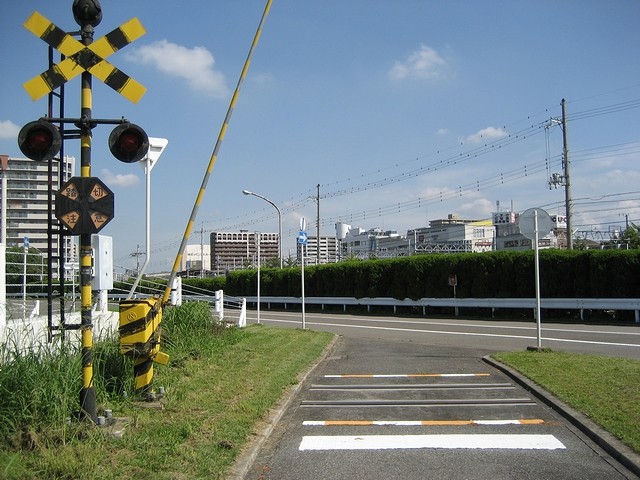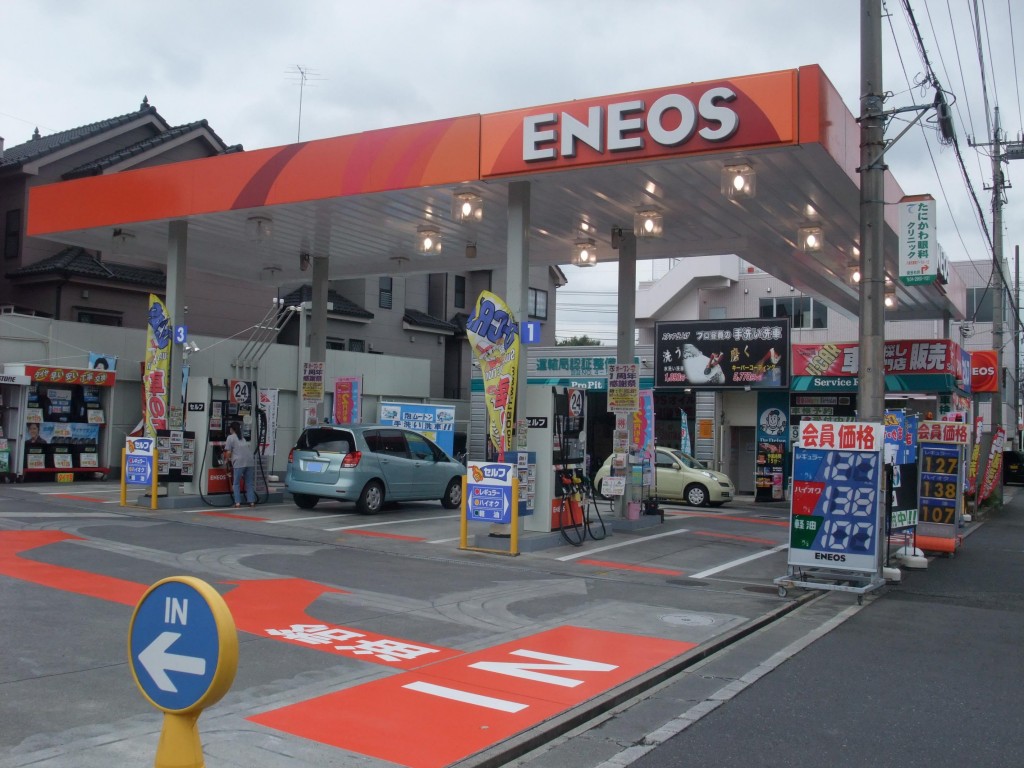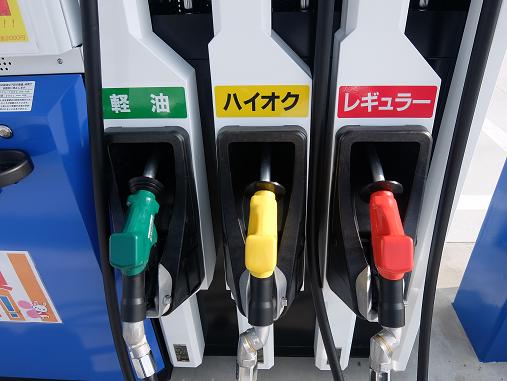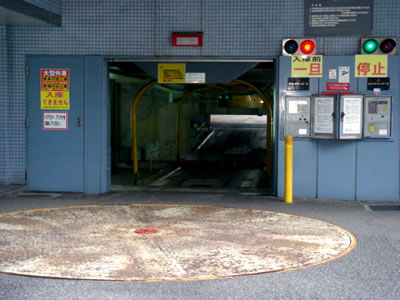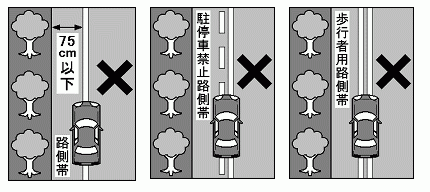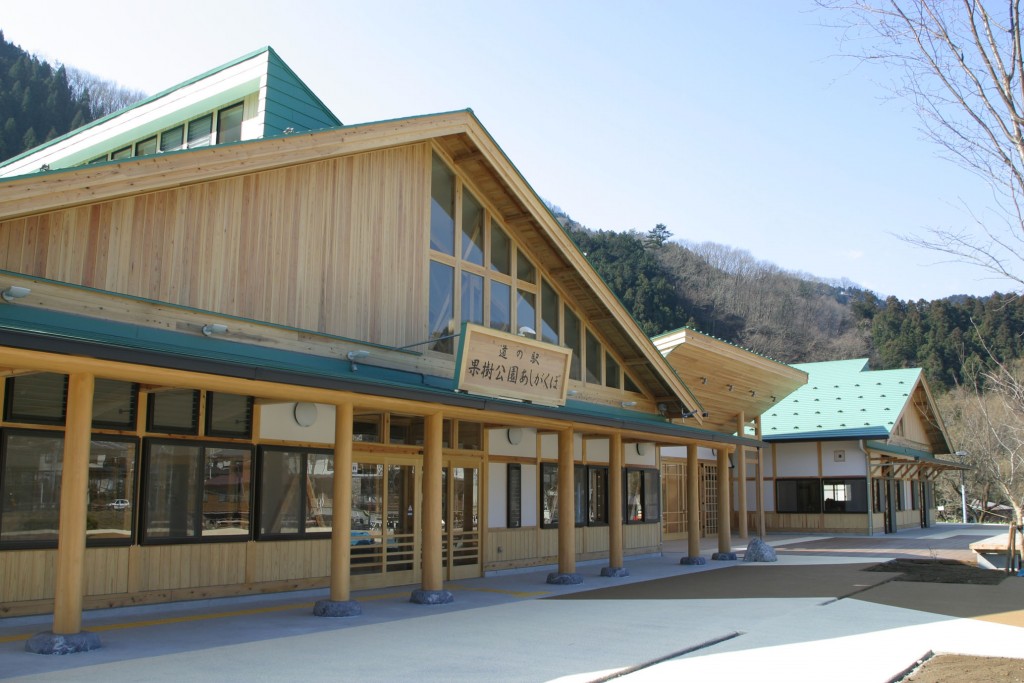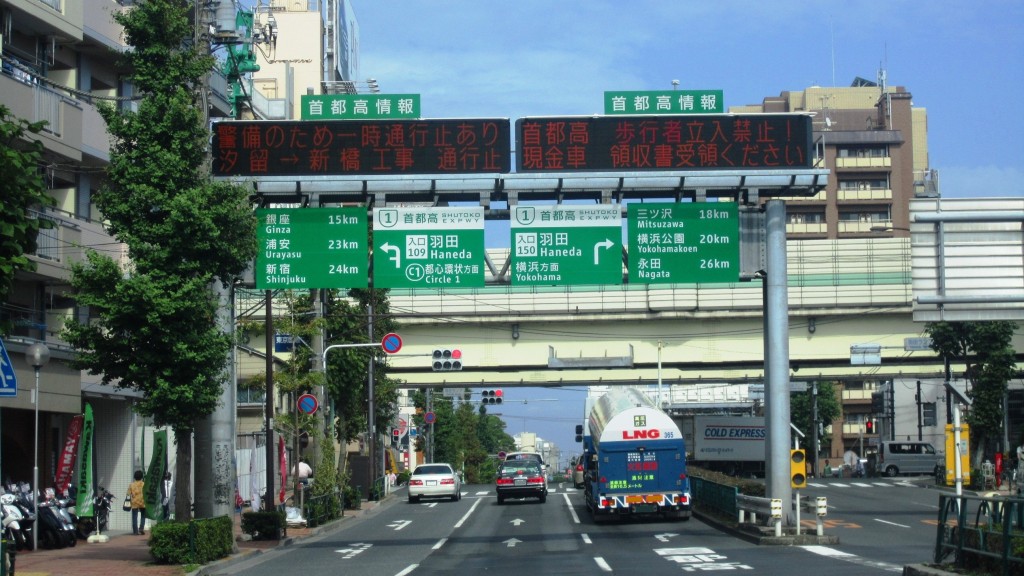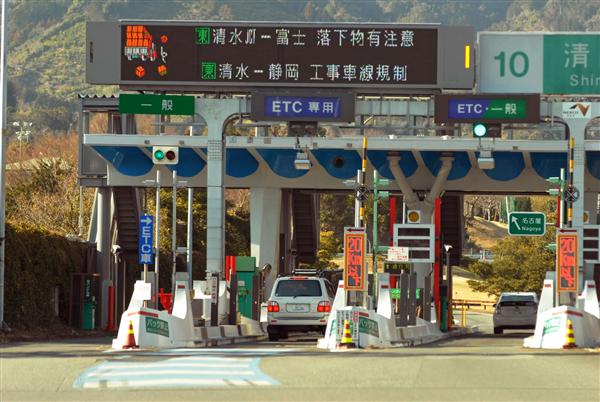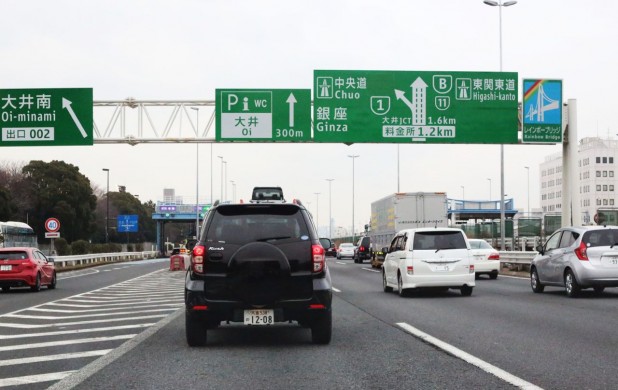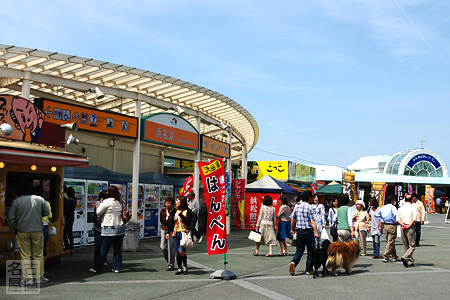
Complete Guide to Driving in Japan for Travelers – Renting a car is a great way to explore
Have you thought about using a rental car when visiting Japan? A car allows you to drive to places that are not easily accessible by trains, widens the scope of your activities, and increases your flexibility. Please think about renting a car next time you visit Japan.
This post may contain affiliate links. If you buy through them, we may earn a commission at no additional cost to you.
Driving is more than just a way to get from one place to another. It can also give you a three-dimensional experience of a country’s real culture. With cars, you can go wherever you like whenever you like in Japan.
This article consists of 7 parts:
Why you should rent a car in Japan
Recommended Scenic Drives
How to rent a car in Japan
Things to take note before you drive in Japan
What you can do to make your trip comfortable drive
How to Use Expressway
Useful information sources
A. Why you should rent a car in Japan
1. You can plan the itinerary without relying on anything else
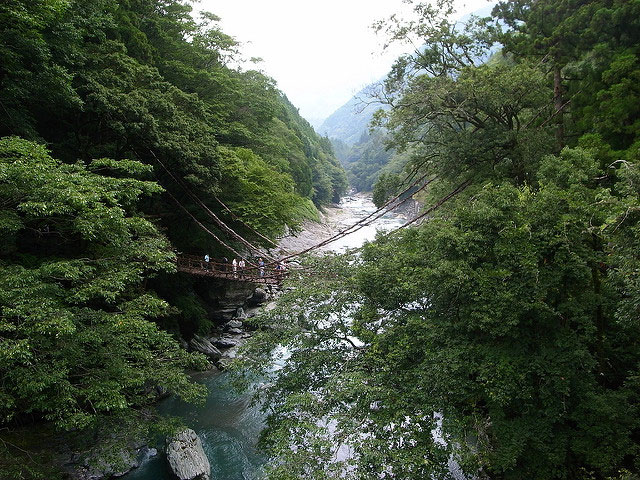
In a big city like Tokyo, you have plenty of ways to get around with public transportation on a small budget. If you stay within those areas, it’s better to utilize public transportation. Traffic in big cities is often heavy and parking is expensive and often difficult to find. But what if you want to visit a place with no or little access? Japan is full of these kinds of tourist destinations. Authentic hot springs, historical architecture, or breathtaking scenery: they are often in remote areas. Why not think about driving in Japan so you can travel without worrying about timetables?
2. You can enjoy your trip as you like
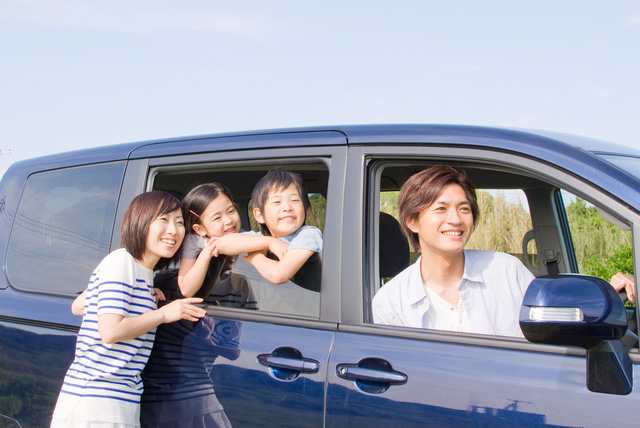
If you are with your family or your friends, you might wish to move around together while having a chat, which is often difficult in public transportation when they are crowded. Or if you are with children or carrying big luggage, it might be better to make a trip by car. What’s more, you can split the cost.
3. You can try beautiful cars
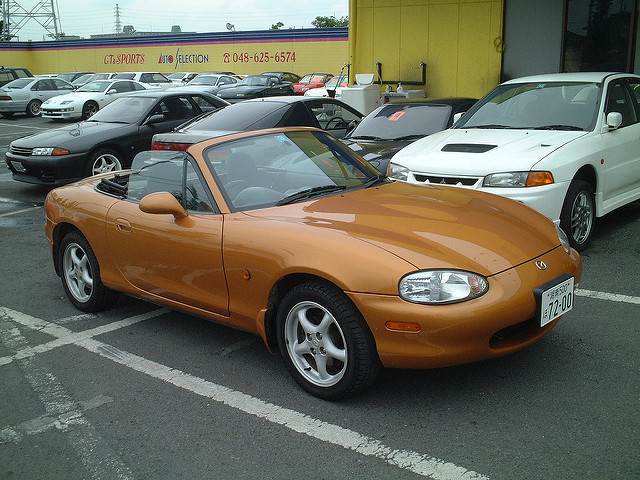
Renting a car is the best choice since it’s hard to bring your own car to Japan. Why not try the cars you might be interested in, then? Japan boasts many fascinating landscapes and beautiful winding roads. You can rent sports cars such as the Mazda Roadster or Subaru Impreza (MT), though you might not be able to rent a car like the Toyota 86 if you only possess a license issued abroad.
B. Recommended Scenic Drives
1. Hokkaido
Furano
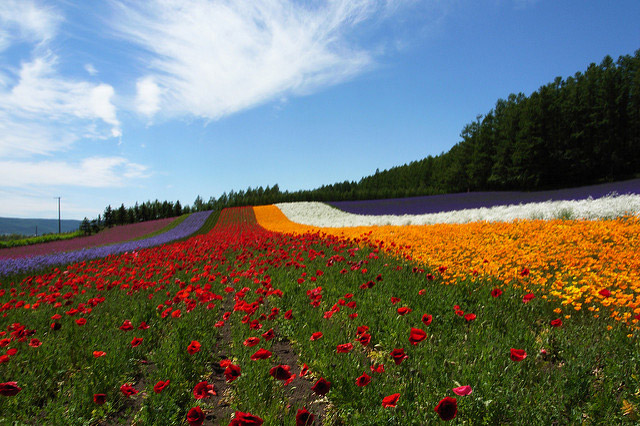
Located almost in the center of Hokkaido and also the center of tourists’ attention, Furano is one of the most-visited destinations in Hokkaido. The estimated time by car is 2 hours and 10 minutes from Sapporo or New Chitose Airport, and there’s so many things to do and so much beautiful scenery on the way that it’s hard to get there within that ETA. Summer is definitely the recommended time for a road trip, while the Furano Ski Resort also offers a fantastic view from the mountain side.
Enlgish:http://www.furanotourism.com/en/
Traditional Chinese:http://www.furanotourism.com/cn/
Niseko & Lake Toya
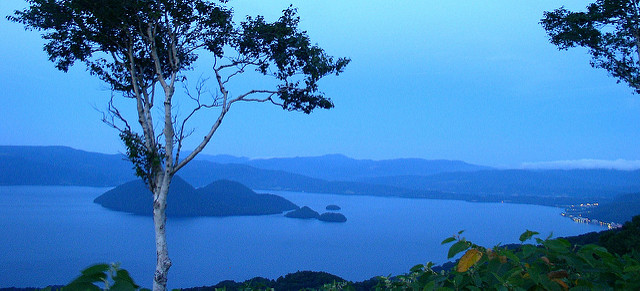
This route combines Niseko, one of Hokkaido’s famous ski resorts, and Lake Toya, a volcanic caldera lake. Located 109km from Sapporo, it takes approx. 1 and half hour by car each way. You can enjoy a breathtaking view all the way to Mt. Yotei, and the tranquil atmosphere of the lake side and nearby hot springs will soothe your soul.
Toya-ko Onsen Tourism Association
Japanese: http://www.laketoya.com/
Niseko Resort Tourist Association
English:http://www.niseko-ta.jp/en/
Chinese:http://www.niseko-ta.jp/tc/
2. Kanto and Chubu
The areas listed below are easily accessed from Tokyo and all of them have hot springs nearby.
Nikko, Tochigi
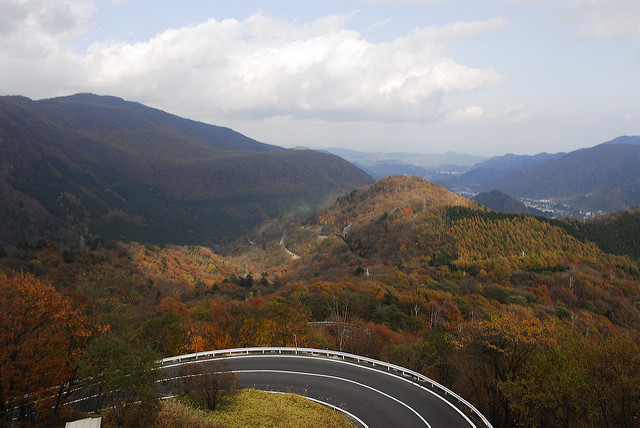
Nikko is a lovely place to visit and is famous for the Toshogu Shrine and beautiful Lake Chuzenji. They look awesome especially in autumn when leaves change their colors. Other highlight is Nikko Irohazaka, a pair of winding roads connecting central Nikko to Oku-Nikko. This road consists of 48 hairpin turns and the elevation difference is 440m. It’s definitely a great drive.
English:http://nikko-travel.jp/english/
Chinese:http://nikko-travel.jp/fanti/
Izu Peninsula in Shizuoka
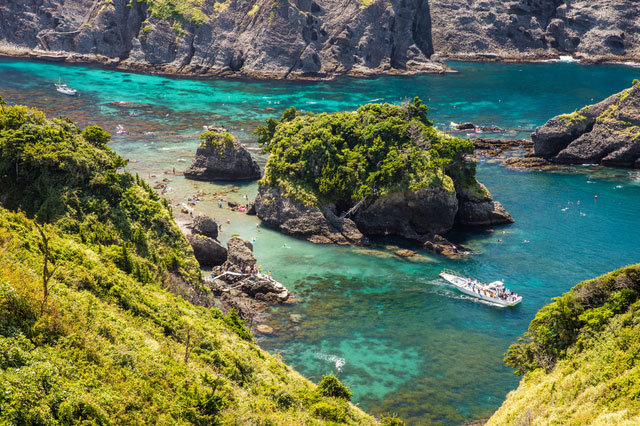
You can visit Izu for a day trip or overnight from Tokyo. The national route 135 runs through the eastern coast of Izu and is a nice road winding in and out of the cliffs along the coast line. Though it’s better to take the Izu Skyline during busy times such as weekends or summer holidays because route 135 gets very crowded. The Skyline is a sightseeing road of 40.6 km that runs over a mountain ridge and is quite comfortable. Both are nice roads to drive.
English:http://siz-road.or.jp.e.nd.hp.transer.com/sz/road/izusk/
Chinese:http://siz-road.or.jp.t.nd.hp.transer.com/
Karuizawa in Nagano
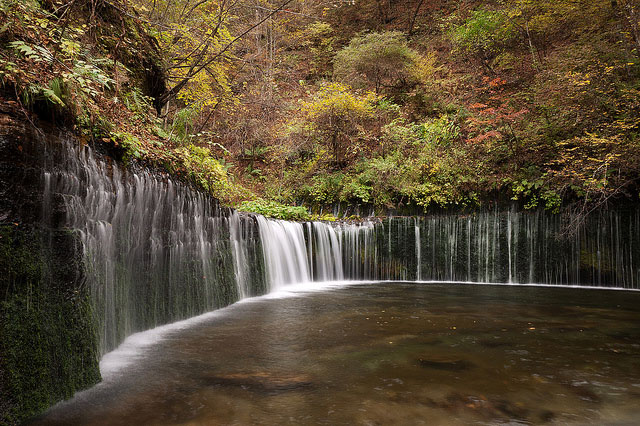
Karuizawa is well known as an upscale resort town as well as their large outlet mall. It’s approximately a 2 hour drive from Tokyo via the expressway, and many tourist attractions are dotted throughout the green landscape. It’s a good escape from concrete jungles in Tokyo.
English: http://tr.thread.ne.jp/kta2/c3/tr.cgi/http%3a//karuizawa-kankokyokai.jp/?XPID2=22893_0
Chinese: http://tr.thread.ne.jp/kta2/c3/tr.cgi/http%3a//karuizawa-kankokyokai.jp/?XPID2=23057_0
3. Kansai
Rokko and Arima Onsen in Hyogo
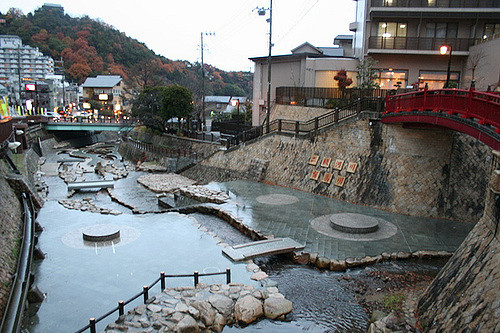
Mt. Rokko is accessible by public transportation, actually. But if you drive the scenic route from Kobe to the top of the mountain, you can look down over the city. There are several places to visit such as the Alpine Botanical Garden along the road, and the access to Arima Onsen is easier by car. Night view of the town from the observation deck is called a ten million dollar night view by locals.
English: http://www.rokkosan.com/en/
Chinese: http://www.rokkosan.com/zh-tw/
Akashi Kaikyo Bridge & Onaruto Bridge (Hyogo & Tokushima)
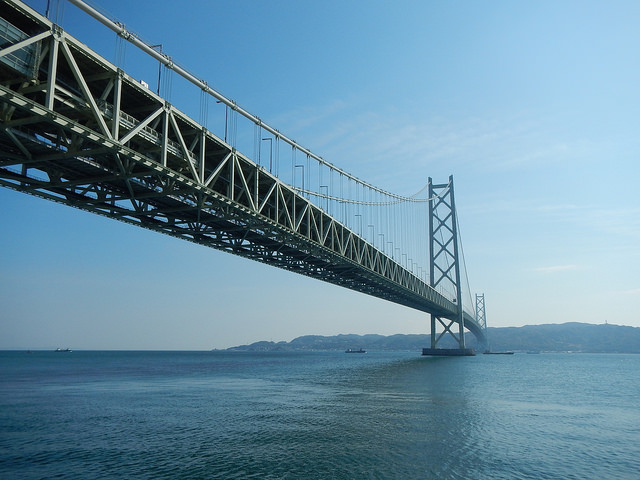
Both bridges carry parts of the Honshu-Shikoku Highway. Akashi Kaikyo Bridge is the world’s longest suspension bridge which connects the mainland city, Kobe, to the north of Awaji Island. This bridge is beautiful particularly when it’s illuminated at night. Onaruto Bridge, one of the largest bridges in the worlds, connects the south of Awaji Island to Tokushima. The areas connected by those bridges are scenic with ocean view and nice escape from busy urban areas. Once you arrive at Awaji Island, we recommend you to get off the expressway and enjoy driving on the west coast line.
Akashi Kaikyo Bridge
English:http://www.jb-honshi.co.jp/english/index.html
Onaruto Bridge
English:http://www.uzunomichi.jp/english/
Chinese:http://www.uzunomichi.jp/chinese/
4. Kyushu
Aso in Kumamoto
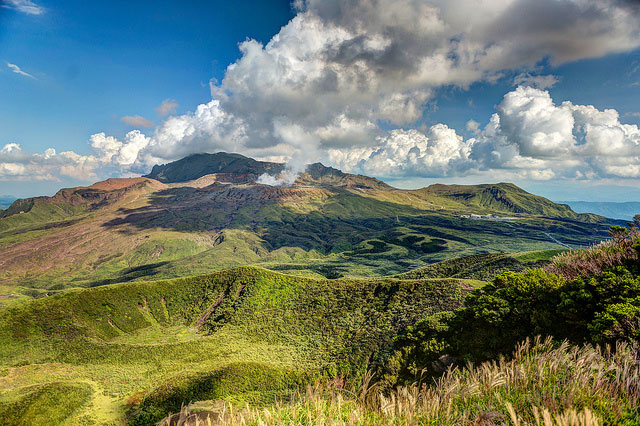
The feature of the area is the world’s largest ancient caldera and the beautiful sceneries surrounding it. There is the Kusasenri-ga-hama (草千里ヶ浜), grass covered plain, and the drive to reach the area called the Tenku no Michi, which is named after the movie “Castle in the Sky” by Hayao Miyazaki. This area offers lots to see, especially since Mt. Aso is an active volcano and the crater area is sometimes closed partially or completely. Approx. 1 hour from Kumamoto Airport.
English:http://www.asocity-kanko.jp.e.px.hp.transer.com/
Chinese: choose from the language menu
Takachiho Gorge in Miyazaki
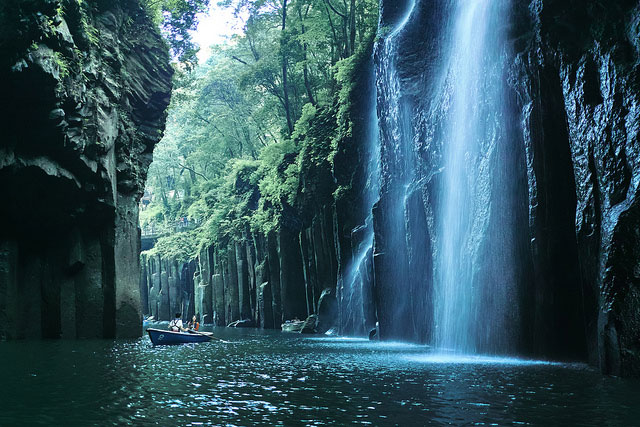
Takachiho Gorge in Miyazaki is located in the middle of the mountains 1 hour and half from Kumamoto Airport. It’s also 3 hours and half from Fukuoka Airport, but 1 hour and half from Mt. Aso. “Overwhelming beauty of nature” might be the phrase to describe Takachiho Gorge: Steep cliffs lining the gorge and 17 m high waterfall surrounded by deep green - this is something you cannot miss.
英文: http://takachiho-kanko.info/en/
繁体中文: http://takachiho-kanko.info/tw/
5. Okinawa
Mid-sea Road
This 4.7 km long causeway connects three islands and the Katsuren Peninsula on the Okinawa main land. You can enjoy a scenic drive and take photos at the pedestrian parking overpass in the middle of the sea. Beautiful as long as the weather permits. Located in Uruma City, approx. 2 hours from Naha.
English: http://en.okinawastory.jp/facility/kaichu-doro
Chinese: http://tc.visitokinawa.jp/facility/%E6%B5%B7%E4%B8%AD%E9%81%93%E8%B7%AF
The Okinawa Churaumi Aquarium
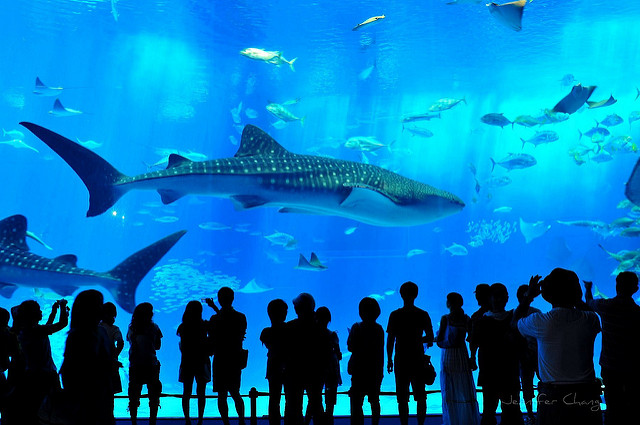
The Okinawa Churaumi Aquarium is a fantastic aquarium located in Ocean Expo Park within the Motobu district. Multiple whale sharks can be seen in the world first class aquarium tank. It takes about 2 hours by car from Naha Airport.
English: http://oki-churaumi.jp/guide/access.html
Chinese: http://oki-churaumi.jp/mm/index.html
C. How to Rent a Car in Japan
1. Driver’s license required
To drive in Japan, people from abroad must obtain the International Driving Permits (IDP) from their countries’ national automobile associations prior to their departure. Some countries (* listed below) which do not issue IDP have other agreements instead. People from those countries can drive in Japan with official Japanese translation of their licenses issued by Japan Automobile Federation (JAF), or the respective countries’ consulates or embassies. You must carry your driver’s license, passport, and IDPs or official translations when you drive.
* France, Switzerland, Germany, Monaco, Slovenia, Belgium and Taiwan.
2. How to book
Japan’s major car rental companies offer English and Chinese sites: Toyota Rent a Car, Nissan Rent a Car, Times Car Rental, or Nippon Rent-A-Car.
They provide a wide range of options in size and in vehicle types, and operate at various locations throughout Japan. This allows you to pick up and drop off your car in different locations. There are also several English online booking sites offering unique services or competitive prices.
We strongly recommend that you book through a website in advance. You can book directly on site, but please note that the number of cars is limited, especially if you need the GPS in a foreign language.
3. Rent-a-car-shops & Online booking sites
[Rent-a-car shops]
Toyota Rent a Car
Reservation in English is only available by phone, and toll free calls are accepted within Japan. If you'd like to make a booking online in English, please refer to the affiliated online booking sites.
English:https://rent.toyota.co.jp/eng/
Chinese:https://rent.toyota.co.jp/zh-tw/
Nissan Rent a Car
Reservation via net can be made in English and Chinese. You might be able to rent a Fairlady Z or Skyline model depending on the conditions.
English:https://nissan-rentacar.com/english/
Chinese:https://nissan-rentacar.com/tc/
Times Car Rental
Online booking available in English or in Chinese. This company is formerly known as Mazda Rent-a-Car. A wide range of vehicles are available from K-cars to sports types like Mazda Roadster.
Selectable brands: Toyota/ Nissan /Honda/ Matsuda (incl. Roadster)/ Subaru
English:http://www.timescar-rental.com/
Chinese:http://www.timescar-rental.hk/
Nippon Rent-A-Car
Online reservation in English available. Located mainly at airports or near train stations. They offer a variety of vehicles.
Available brands: Toyota, Nissan, Honda, Mitsubishi, Matsuda (including Roadster models), Subaru (including Impreza)
English:http://www.nipponrentacar.co.jp/english/index.html
[Online booking sites]
Japan Experience
You can choose between French, English, German, Italian, or Spanish. They offer Drivin’ Assistance in English and French, in which they can help you through phone or by e-mail in case you are lost or need help communicating with police officers
Partnership: Nissan Rent a Car
English:https://www.japan-experience.com/car-rental-japan
ToCoo!
Online reservation available in Japanese, English, Chinese, and Korean. Their partnership varies from leading companies to local ones.
Partnership: Nissan Rent A Car, Toyota Rent a Car, Honda Rent a Car, MMC Rent-a-car, Nippon Rent-A-Car, Times Car Rental, Orix Rent-A-Car, JR Hokkaido Rent A Car, JR Kyushu Rent A Car, and others
English:http://www2.tocoo.jp/en
Chinese:http://www2.tocoo.jp/cn
rentalcars.com
They offer a large choice of languages.
Partnership: ABC rent a car, Europcar, Honda rent a car, Nissan Rent A Car, Orix Rent-a car, Sky Rent a Car, Times Car Rental
English: http://www.rentalcars.com/en
Traditional Chinese: http://www.rentalcars.com/Home.do;jsessionid=AC17E373C78FA763C4207CDE638B40ED.node386a
Hertz
They offer a large choice of languages.
Partnership: Toyota Rent a Car
https://www.hertz.com/rentacar/reservation/
Europcar
You can choose from Japanese or English.
Partnership: Times Car Rental
D. Things to take note before you drive in Japan
1. Basic traffic Rules
It is not hard to drive in Japan, as the country follows the global standards in traffic rules and road signs. However, there might be some exceptions depending on the area you come from.
- Keep left: all vehicles must drive on the left side of the road.
- Seated on right: driver’ seat and steering wheel is on the right. Please be careful about the clearance in left side. You share roads with bicycles and motor bikes and they might pass on that side.
- All passengers must wear seatbelts, including the driver.
- No drunk driving: it's strictly prohibited to drive after you have drunk any alcohol.
- No using a cell phone while driving: if you'd like to use your cell phone, you need to stop the vehicle at secure location.
- Safety seat for children: children under the age of six years old must be seated on child safety seats.
- No parking or stopping in prohibited zones.
Traffic Lights
signal-net.sakura.ne.jp- Red lights means STOP: all traffic must stop at the red lights and you cannot turn left.
- Green arrows: you may advance to the indicated directions.
- Others: At blinking red lights, you must stop and check right and left before you proceed. At blinking yellow lights, you must slow down and check for pedestrians and vehicles. Be careful when you drive on narrow roads in city areas as bicycles or children may run out regardless of signals. Be aware of the lights and your surroundings at all times
Speed limit in city areas
Typical speed limit is 60km/h on normal roads. There are exceptions depending on the place and the circumstances.
Stop at railway crossings
hwww.geocities.jpYou must stop before crossing the railway. Make sure no train is coming as the signal might be broken. Make sure there is enough space for your car to be able to cross the railway completely before heading forward. If the opposite side of the railway seems to be busy, wait until you confirm safety, because otherwise you might be stuck in the middle of the railway with nowhere to go. The train service in city areas is frequent.
Major traffic signs
www.toyotarentacar.netIn general, circles used to give orders and if they are red colored, they tell you what you must not do or are mandatory instructions.
www.toyotarentacar.netThere are many one-way streets and alleys in Japan. Please be careful with one-way signs, especially if you’re driving downtown.
www.toyotarentacar.netCrossing: be careful when you drive by the sea side or across a bridge. Slow down for your safety.
2. How to refuel the car
iruma-sayama.comThere are two types of gas stands: self and full-service. Both usually accept cash and credit cards as payment. Most gas stands operate within limited hours and are rarely found in remote areas. Many gas stands have toilets. The only thing you might worry about is language, but you can get by with only two words. Here are the basic words you might use.
doormaker20.rssing.com
“Regular” is marked in red, for regular gas. “Haioku” is yellow and means high-octane gas. “Keiyu” is green and is diesel. You can say either “full” or “mantan” to fill up your tank.
They usually only have a Japanese menu at self-service stations, but there should be an attendant to help you. Do not hesitate to ask them if you are unsure of what to do, especially if it’s in regards to which fuel to choose.
3. How to park your car
utrblog.exblog.jpIn large cities, you can find many parking lots though they may be expensive. Popular parking lots are ‘coin parking’ or underground parking. There are unique kinds of parking lots called elevator parking, in which your cars are stored in towers. However, those lots often have height limits. In small towns in the countryside, parking is cheaper or sometimes free.
Basically, it is illegal to park on side roads in Japan. Please check where you can park.
www.pref.kyoto.jp- Solid lines: no parking if the width is less than 75cm
- Solid and broken lines together: No parking & no stopping
- Double solid lines: Pedestrian. No parking.
E. What you can do to make your trip comfortable
1. Take a good rest
www.michi-club.jpUnless you are on a business trip, you don’t have to hurry. Convenience stores in suburbs have parking lots and you can use their toilets for free. Some stores even have eat-in spaces. ‘Michi-no-Eki’ on motor ways offer toilets, places to take a rest, to eat, to ask for information, and to buy local products. Usually everything is in Japanese, but it could still be interesting to see the local area’s culture. Take the time stop by and enjoy something that you cannot experience on a typical tourist course.
2. Utilize GPS
Most rent-a-cars are equipped with GPS. Some of leading companies even offer GPS with menus in four languages as options: Japanese, English, Chinese, and Korean. However, the numbers available are limited and in many cases maps are indicated only in Japanese. As the input system works only in Japanese or with phone numbers, we recommend you to check how to get to your destinations and phone numbers of your destinations in advance. Apps such as Google Maps will help you, or you can get paper maps from tourism information offices which often provide English maps of the area. However, if you use phone numbers make sure you double check the address the GPS gives you against a confirmed address, as it may not be accurate.
3. Becareful when you drive in winter time
In winter, your luggage might be heavier and you might start considering renting a car, particularly if you head to ski resorts. Even if you think you know how to drive in winter, you could encounter some unexpected situations. The road may look unchanged or covered with snow, but it can be covered with black ice in shaded areas and at intersections where it’s unevenly frozen as snow melts and freezes repeatedly. Wet snow in the Honshu area cannot be underestimated as they are likely to deprive you of your vehicle’s control. You can choose winter tires when you book, and it’s preferable to choose a vehicle with four wheel drive if you want to drive in a mountainous area.
F. How to Use Expressway
1. The entrance and the lane to drive on
www.mapio.czEntrance gate of expressway: Information concerning expressway is shown on green rectangle signs. Please check the direction you'd like to proceed. The entrances of expressway are located differently depending on the direction even if the name of the entrance is the same.
Lanes to take: most expressways have two lanes in each direction. Left side is the driving lane and right side is passing lane. There are exceptions depending on the place and the conditions.
2. Toll gate
car.hokkaidotour.netThere are 3 types of toll gates on the expressway: ETC cars (electric toll collection) are marked with violet, cash is green, and the third lane which accepts either. Please double-check which lane you can take.
3. Speed limit on the expressway
The speed limit is normally 100km/h on expressways, but it's subject to change due to weather conditions, roadwork, or other reasons. Be aware of the road signs all the time.
4. Directional road signs
azby.fmworld.netOn the expressways in urban areas, especially in Tokyo, you have lots of junctions in a short period. Even if signs are written in English, the place names are likely to sound unfamiliar to you. Prior confirmation of the direction you’re taking on GPS or with a map is strongly recommended. If you are on a loop line and not sure about which direction to take, take the time to make another round. It’s better to avoid expressways on weekends or holidays when traffic is very heavy.
5. Tips: Take a good rest at a service area
www.google.comService areas (SA) and parking areas (PA) are rest facilities on expressways. Generally they are equipped with toilets, rest spaces, and some shops such as convenience stores. SAs are bigger and equipped with more: eat-in spaces, restaurants, souvenir shops, and gas stands. They are more than rest facilities. Some have lodging facilities with large public baths. You can also get information about traffic jams, road conditions, and free road maps of the expressway.
G. Useful information sources
JEXWAY
From this site, you can reach the official sites of highway companies operating in Kanto, Chubu, and west Japan.
http://www.jexway.jp/english/index.shtml
E-NEXCO Drive Plaza
Full of useful information you might want to know about driving on expressways in East Japan. Very helpful to navigate your way with ease.
This page provides road traffic information of expressways throughout Japan in English
http://www.drivetraffic.jp/pc_en/map.html
shutoko
Official site of the Metropolitan Expressway. You can check the map with road signs, which are seen before junctions.
http://www.shutoko.co.jp/english/drive/map/
Michi-no-Eki (道の駅)
A list of service or parking areas on national route or prefectural roads (Japanese only)
The information in this article is accurate at the time of publication.


